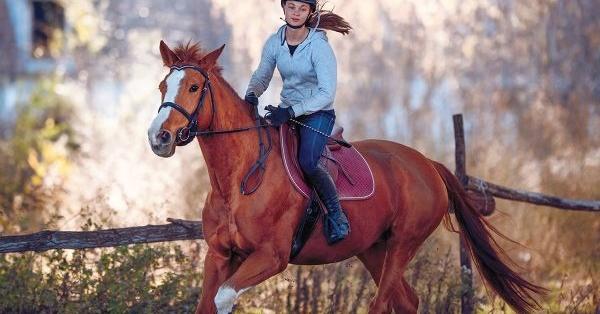Are you curious to know what is a riding crop? You have come to the right place as I am going to tell you everything about a riding crop in a very simple explanation. Without further discussion let’s begin to know what is a riding crop?
In the world of equestrian sports, precision, communication, and mutual respect between rider and horse are paramount. Among the tools that help convey these elements is the riding crop. This unassuming yet significant accessory has a long history and plays an essential role in equestrian disciplines. In this blog, we’ll explore what a riding crop is, its history, uses, and the controversy and misconceptions surrounding it.
What Is A Riding Crop?
A riding crop, also known simply as a “crop” or “whip,” is a tool used by equestrians to guide and communicate with their horses. It consists of a long, slender shaft made of materials like wood, fiberglass, or metal, and a small, often folded, leather or synthetic flap at one end. The rider holds the handle, and the flap, known as the “popper” or “tongue,” is used to lightly touch or tap the horse’s sides to convey signals and commands.
Key Features Of A Riding Crop:
- Shaft: The shaft of a riding crop is typically lightweight and flexible, allowing riders to use it effectively with minimal effort.
- Handle: The handle of the crop is designed for a comfortable grip, often featuring materials like rubber or leather for a secure hold.
- Popper: The popper, located at the end of the crop, is made of leather or synthetic material and is designed to create a gentle, audible sound when it contacts the horse’s skin.
- Variety: Riding crops come in various lengths, with the choice of length depending on the rider’s preference and the specific discipline in which they are riding.
Historical Significance
Riding crops have a history dating back centuries and were originally designed as a tool for shepherds and agricultural workers to manage and guide their livestock. Over time, as equestrian sports developed, the riding crop found its way into the world of horsemanship.
Uses Of A Riding Crop
- Aiding Communication: Riding crops allow riders to communicate with their horses through subtle signals. A light tap or touch of the crop can be used to signal the horse to move forward, change direction, or adjust their gait.
- Refining Performance: In equestrian disciplines like dressage and show jumping, precision and subtlety are essential. Riders use the riding crop to refine their horse’s performance and maintain control during intricate maneuvers.
- Safety: In some situations, a riding crop can be used to maintain a safe distance between a rider and a horse, especially when working with particularly large or excitable animals.
Controversy And Misconceptions
Despite its long history and legitimate uses, the riding crop has been a subject of controversy and misconceptions, primarily related to concerns about animal welfare and misuse. Some common misconceptions include:
- Cruelty: Critics argue that the use of riding crops can be abusive, leading to discomfort or harm to the horse. However, when used correctly and in compliance with rules and guidelines, the riding crop is designed to be a gentle and non-harmful aid.
- Overuse: There have been instances of riders using the crop excessively or inappropriately. Responsible riders are careful to use the crop sparingly and judiciously, understanding the importance of maintaining a trusting and cooperative relationship with their horses.
Conclusion
The riding crop is a tool deeply rooted in equestrian tradition, designed to aid communication between riders and their horses. While it has faced controversy and misconceptions, responsible equestrians value the crop for its role in maintaining precision, enhancing safety, and fostering mutual understanding between rider and horse. When used correctly and ethically, the riding crop remains an indispensable tool in the world of equestrian sports.
Get Knowledge About Different Topics On Sizesworld.
FAQ
What Does A Riding Crop Do?
A riding crop or dressage whip acts as a supplemental aid for a rider to use to encourage a horse to go forward, sideways, offer increased engagement and similar intentions.
What Is The Difference Between A Riding Crop And A Horse Whip?
The tap needs to go behind your leg, and that’s one reason why dressage whips are longer than riding crops. Crops are a bit shorter and they are used to tap the shoulder of a horse, rather than reach behind the rider’s leg.
Why Use A Crop On A Horse?
Riding crops can be a helpful aid for improving communication between horse and rider. A riding crop can be useful when your horse needs more encouragement than your legs can provide. Choosing the right riding crop can feel overwhelming because so many are out there. But it doesn’t have to be!
Should I Use A Riding Crop?
As long as you aren’t being abusive with it, then it is okay o use a riding crop. If your horse just doesn’t want to move forward when you ask him or her in every other way, then a riding crop or spurs might be needed.
I Have Covered All The Following Queries And Topics In The Above Article
What Is A Riding Crop Used For
What Is A Plaited Leather Riding Crop
What Is A Riding Crop Fifty Shades Of Gray
What Is A Crop In Horse Riding
What Is A Riding Crop
What is a riding crop?
